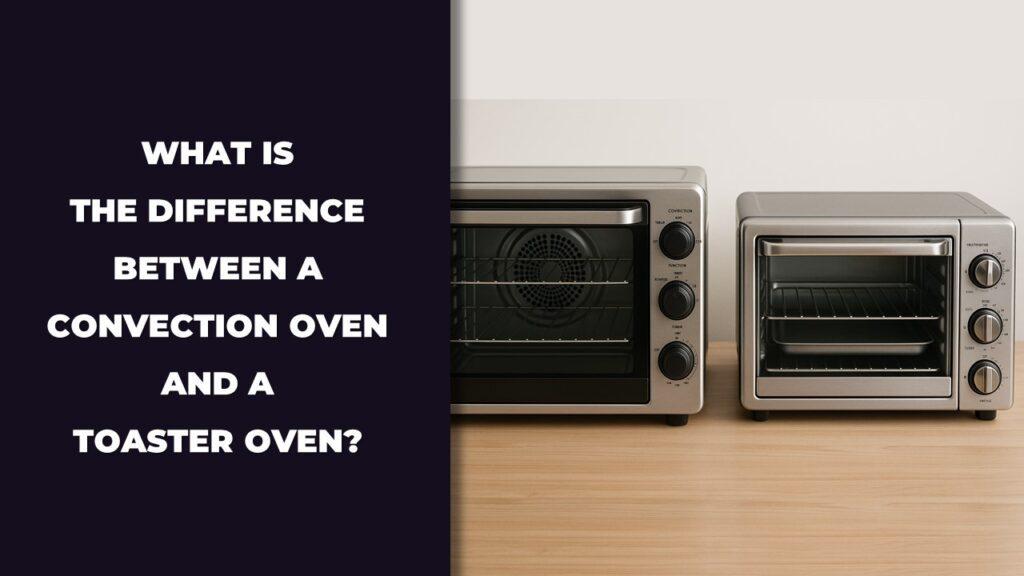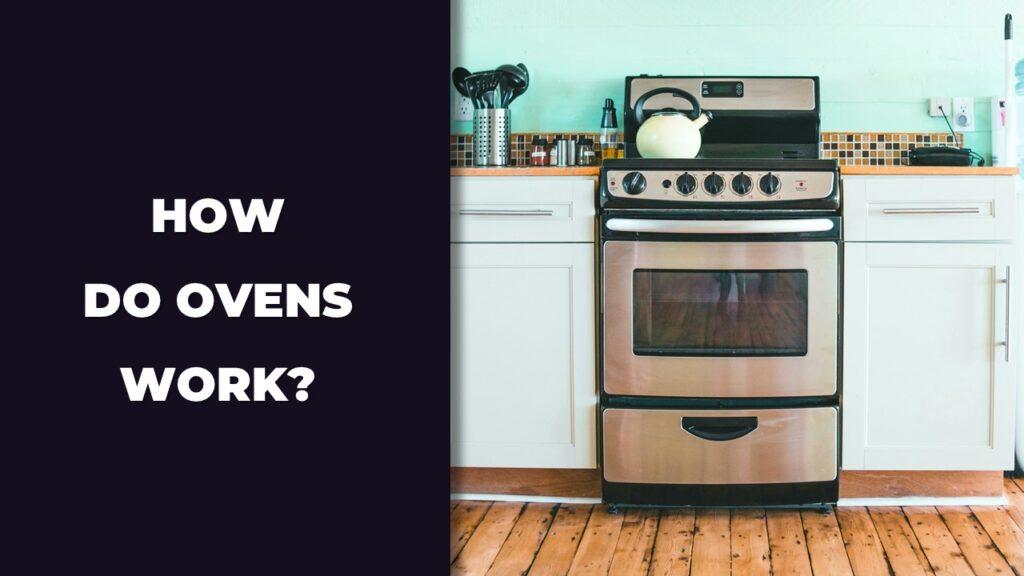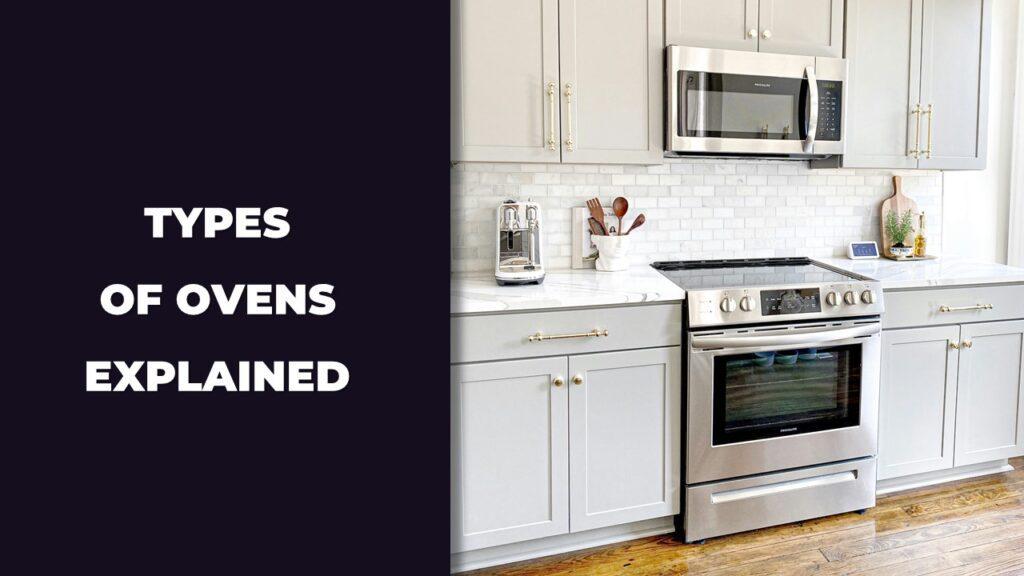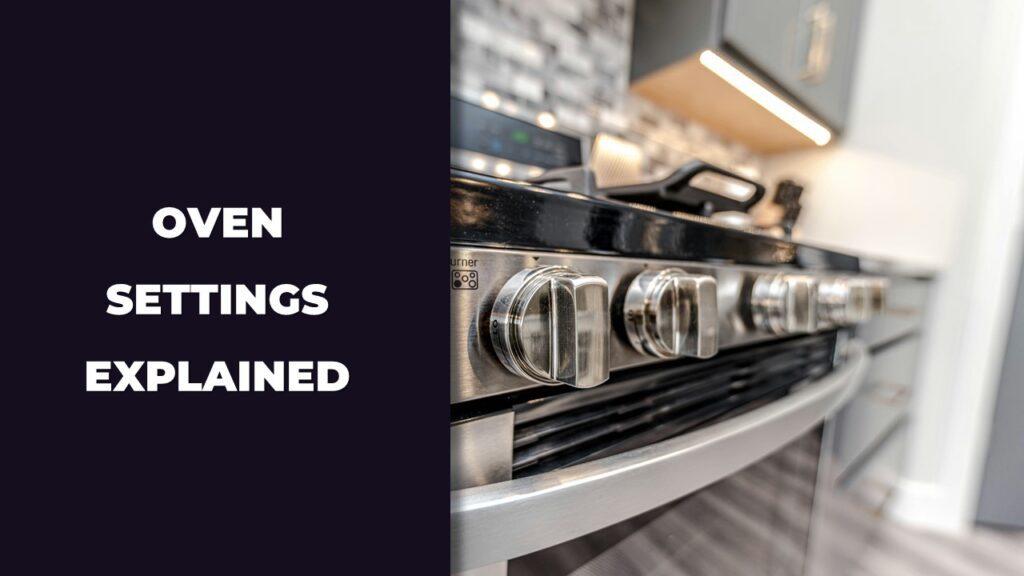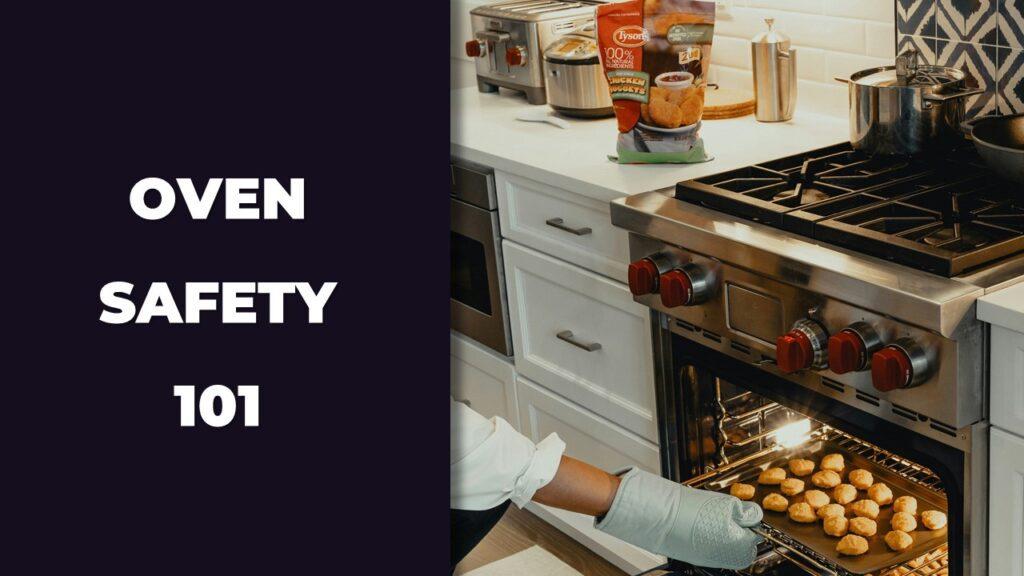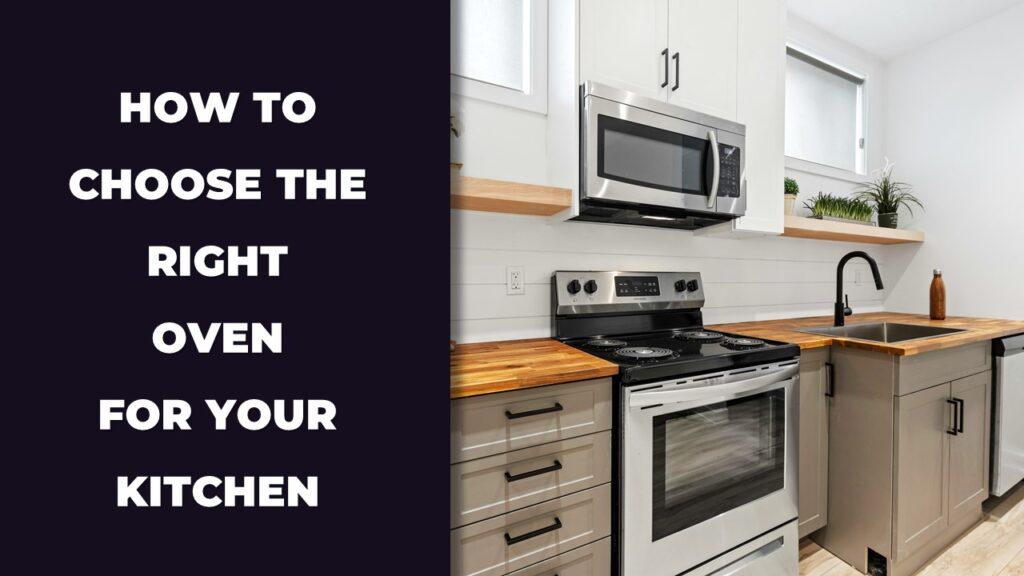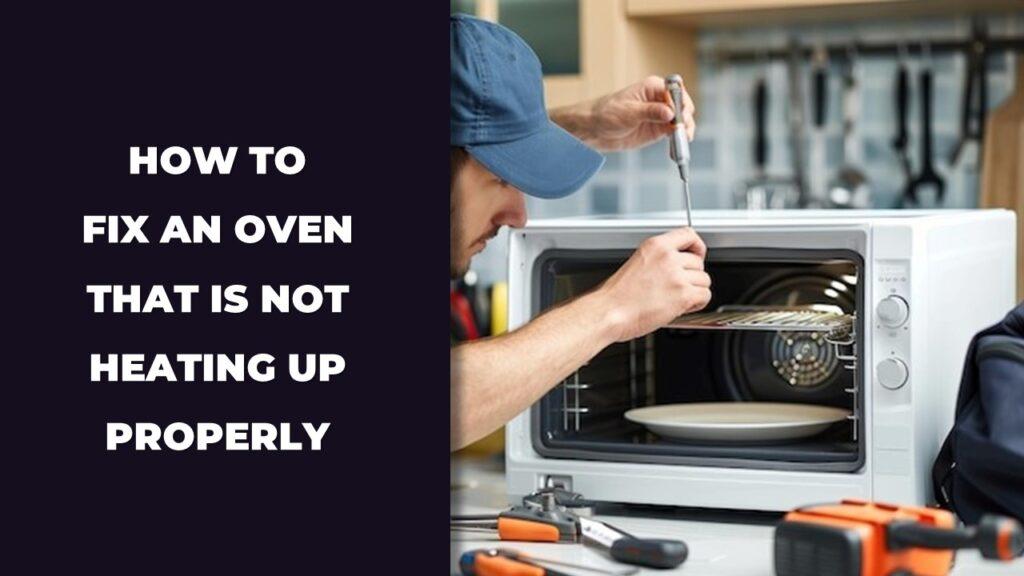
If your oven is not heating up properly, it’s usually because of a bad heating element, a broken igniter, a faulty temperature sensor, or a power issue. The heating element in electric ovens should glow red when hot. In gas ovens, the igniter needs to light the flame. If these parts fail or lose connection, your oven can’t do its job.
In this article we’re going to walk through how to spot what’s wrong and fix it step by step. Whether you’ve got an electric or gas oven, we’ll keep things simple and practical so you don’t feel lost.
7 Common Reasons Why Your Oven Is Not Heating Up Properly
If your oven isn’t heating properly, it’s usually due to a problem with the heating element, igniter, sensor, or power supply. Both electric and gas ovens rely on specific parts to generate and control heat, and when one of those fails, the oven won’t reach the set temperature or may not heat at all.
Here are the most common reasons:
- Faulty Heating Element (Electric Ovens): If the element doesn’t glow red or shows signs of blistering, it’s likely burned out and needs replacing.
- Defective Gas Igniter (Gas Ovens): No glow, clicking, or flame means the igniter may be too weak or broken to light the gas.
- Broken or Misplaced Temperature Sensor: A sensor that’s touching the oven wall or giving bad readings can stop heating too early or not at all.
- Miscalibrated Thermostat: If your oven temperature is way off from what you set, recalibration may be needed to correct it.
- Worn or Damaged Door Seal: A loose or cracked gasket lets heat escape, making it hard for the oven to maintain temperature.
- Power Supply Issues (Breaker or Outlet): A tripped breaker or dead outlet can cut off power completely, especially in electric ovens.
- Selector Switch or Thermostat Failure: If the oven stays on but won’t heat, internal controls might be faulty and may need professional repair.
Step-By-Step Guide to Fix an Oven That Is Not Heating Properly
Here is the step-by-step process to fix an oven that won’t heat up properly:
- Always unplug the oven or shut off the gas before you do anything
- Check if the outlet or circuit breaker is the problem
- Inspect the heating element or igniter depending on your oven type
- Make sure the temperature sensor is working and in the right place
- Check if the oven door seal is letting heat escape
- Recalibrate the thermostat if the temperature feels off
Now let’s walk through each of these steps with simple, hands-on instructions.
Step 1: Unplug And Safety First
Before you touch anything, make the oven safe. That means unplugging it or turning off the gas. If it’s an electric oven, pull the plug from the wall. For gas ovens, turn off the gas valve, usually located behind or under the oven.
If your oven is hardwired, flip the correct breaker in the circuit panel. Working on an oven without doing this first can shock you, or worse.
Also, let the oven cool completely before you inspect it. Wear gloves if you’re dealing with sharp parts or metal edges.
Step 2: Check The Power Supply
If the oven is completely unresponsive or doesn’t heat, power may be the issue.
For electric ovens:
- Go to your breaker box and check if the oven’s breaker is tripped
- If it’s in the middle position, turn it fully off and then back on
- Try plugging another device into the same outlet to see if it works
For gas ovens:
- Check that the oven’s clock or display is on
- If not, the power supply is still involved since gas ovens need electricity too
Don’t forget to test the outlet. A multimeter can tell you if it’s working, but if you’re unsure, have an electrician check it.
Step 3: Inspect Heating Elements Or Igniter
Electric ovens use heating elements, while gas ovens rely on an igniter to light the burner.
For electric ovens:
- Turn the oven on and look for glowing red heating elements
- If they stay dark or have cracks or bubbles, they need replacing
For gas ovens:
- Turn on the oven and listen for a clicking sound
- If you don’t hear it or see a flame, the igniter may be weak or broken
- Gently clean the igniter with a toothbrush and try again
These parts wear out with time. If you feel comfortable replacing them, order the correct part using your oven model. If not, a local appliance tech can handle it safely.
Step 4: Examine The Temperature Sensor
The sensor helps your oven know when it’s hot enough. When it’s broken or touching the wall, it throws off the temperature reading.
Look for a thin metal rod near the back inside wall of your oven. It should be away from the sides and not bent.
You can also test it with a multimeter to see if it has proper resistance (usually around 1100 ohms at room temperature). If it’s way off, it’s likely bad and needs to be swapped.
Step 5: Test The Oven Door Seal
If your oven door doesn’t shut tight, hot air escapes and cooking takes longer. That’s frustrating and wastes energy.
Try this:
Place a dollar bill or sheet of paper halfway in the door, then close it. If it slides out easily, the seal isn’t tight.
Look around the gasket. If it’s cracked, torn, or flattened in spots, replace it. A damaged door seal might seem small, but it makes a big difference in how well your oven heats.
Step 6: Recalibrate The Oven
If everything seems to work, but the oven still cooks too slow or too fast, it might just be out of tune. That’s where calibration comes in.
Here’s how you check:
Place an oven thermometer inside, then set your oven to 350°F. After 15–20 minutes, check the reading.
If it’s consistently too high or low, check your oven manual. Most models let you adjust the temperature offset up or down in small increments using the keypad or dial.
Don’t guess. Small tweaks can make a big difference in how your meals come out.
Fixing By Oven Type
Different oven types have different heating systems, so fixing the problem depends on whether you have an electric or gas oven. Electric ovens often fail due to faulty heating elements or sensors, while gas ovens usually run into issues with the igniter or gas supply.
Let’s break down how to troubleshoot and fix each one.
Fixing An Electric Oven That Won’t Heat Up
Electric ovens rely on heating elements and accurate temperature control. If your oven turns on but doesn’t heat properly, the issue is often one of the following:
- Burned-out heating element: Turn the oven on and look for a red glow from the bottom or top element. No glow usually means it’s broken.
- Loose or disconnected wiring: Pull the oven slightly forward and unplug it. Carefully check the element’s wiring if visible. Look for burnt or loose connectors.
- Faulty temperature sensor: If the oven heats inconsistently or stops before reaching set temp, the sensor might need replacing. Use a multimeter to test resistance.
- Miscalibrated thermostat: Use an oven thermometer to compare actual temperature with the set temperature. If there’s a gap, recalibrate using the manual.
Quick tip: Electric oven parts are usually easy to order and replace with basic tools. Just make sure the power is off and double-check your model number when buying parts.
Fixing A Gas Oven That Won’t Heat Up
Gas ovens need an igniter to light the flame and a working gas line. If your gas oven stays cold, here’s what to check:
- Defective igniter: It should glow orange or click when you turn the oven on. If it’s silent or doesn’t glow, it may be worn out.
- Dirty or blocked burner: Food spills or grease buildup can clog the burner ports. Clean it gently with a brush.
- Gas line issues: Make sure the valve behind the oven is fully open. If the igniter works but there’s no flame, the gas flow may be restricted.
- Thermostat or control board failure: If everything else looks fine but it still doesn’t heat, internal controls may be the issue. These are harder to test without tools.
Important: If you smell gas, hear a hissing sound, or suspect a leak, stop immediately and call a professional. Do not try to fix gas issues yourself unless you’re trained.
When To Replace Vs Repair
If your oven repair costs too much or the appliance is too old, it may be better to replace it. Here’s how to decide between repairing or buying a new oven.
You Might Be Better Off Repairing If:
- The problem is minor (like a burned-out heating element or broken door seal)
- Your oven is less than 7–10 years old
- Replacement parts are easy to find and affordable
- You’re comfortable doing basic DIY repairs
It May Be Time To Replace If:
- The repair cost is over 50% of a new oven’s price
- You’ve already fixed the oven multiple times
- Key components like control boards or gas valves are failing
- Your oven is older than 12–15 years and has poor energy efficiency
- You’re upgrading to a newer model with better features
Making the right call saves both money and hassle in the long run. If you’re on the fence, get a repair estimate first, then compare it with the cost of a replacement.
Maintenance Tips To Prevent Heating Issues
Regular oven maintenance can help prevent most heating problems before they start. Simple habits like cleaning, checking seals, and testing the temperature can keep your oven working the way it should.
Here are some easy ways to keep your oven in good shape and avoid heating troubles down the road:
- Clean Spills and Buildup: Wipe up food spills right away, especially around the igniter or heating element. Baked-on grease can block heat or damage parts over time.
- Inspect the Door Seal: Check the rubber gasket around the door every few months. If it’s torn, cracked, or loose, replace it so heat doesn’t escape while cooking.
- Test Oven Temperature Accuracy: Use an oven thermometer to see if the display matches the actual temperature. If it’s consistently off, recalibration might be needed.
- Keep the Vents and Fans Clear: Make sure air vents or fans aren’t blocked by pans or foil. Good airflow helps maintain even heating inside the oven.
- Check the Heating Element or Igniter Annually: Give it a quick look once a year. If it looks dull, damaged, or weak, consider replacing it before it fails during dinner prep.
- Don’t Slam the Oven Door: Slamming can damage the hinges or knock the temperature sensor out of place. Close it gently to keep things working right.
- Use the Self-Cleaning Feature Wisely: If your oven has one, use it occasionally, but not right before a big event. It can sometimes cause the thermostat to go out.
Final Thoughts
When your oven won’t heat up properly, it can throw off your whole meal, whether you’re baking a batch of cookies or roasting dinner for the family. But in many cases, the fix is easier than it seems. It might just be a faulty heating element, a worn igniter, or a temperature sensor that’s out of place.
The key is knowing what to look for and where to start. By walking through the simple steps we covered, you can spot the issue, handle some basic fixes, or at least know when it’s time to call in a technician. It’s all about working smart, not panicking.
And if your oven is older or repairs keep piling up, it might be time to replace it. Either way, with regular maintenance and a little attention, you’ll keep your oven running when you need it most. No more cold dinners, no more guesswork — just hot, reliable cooking when it counts.
Related FAQs
Why Does My Oven Turn On But Not Get Hot?
If your oven turns on but doesn’t heat, it’s often due to a faulty heating element (electric) or a weak igniter (gas). A broken temperature sensor or control board can also prevent heating.
How Do I Test An Oven Heating Element?
Turn off the power, then visually inspect the element for cracks, burns, or breaks. You can also use a multimeter to check for continuity, which tells you if the element is still working.
Can I Recalibrate The Oven Myself?
Yes, most modern ovens have a built-in setting for calibration. Use an oven thermometer to check accuracy, then follow your manual’s steps to adjust the temperature offset.
Is It Safe To Replace The Igniter On My Own?
It can be safe if you’re experienced with basic repairs and turn off the gas and power first. If you’re unsure or smell gas, it’s better to call a licensed technician.
What Temperature Should The Oven Reach During Preheat?
Most ovens should reach 350°F in about 10 to 15 minutes. If it takes much longer or never hits the set temperature, there may be an issue with the heating element, sensor, or door seal.
Why Is My Oven Hot But Food Still Undercooked?
The heat may not be evenly distributed due to a failing sensor or damaged element. Also, a loose door seal or poor calibration can cause temperature drops that affect cooking results.

At our core, we’re a group of passionate households and gardening tools and appliances users and enthusiasts. We dive deep into the world of tech, especially when it’s about your household or gardening electric items. We try to provide as much value to the readers with our information and how to blog articles as possible. For affiliate articles our honest and transparent reviews of essential tech products are rooted in real-world experience. We take great satisfaction in offering unbiased evaluations, ensuring that you can make informed decisions when investing in your desired techs.

